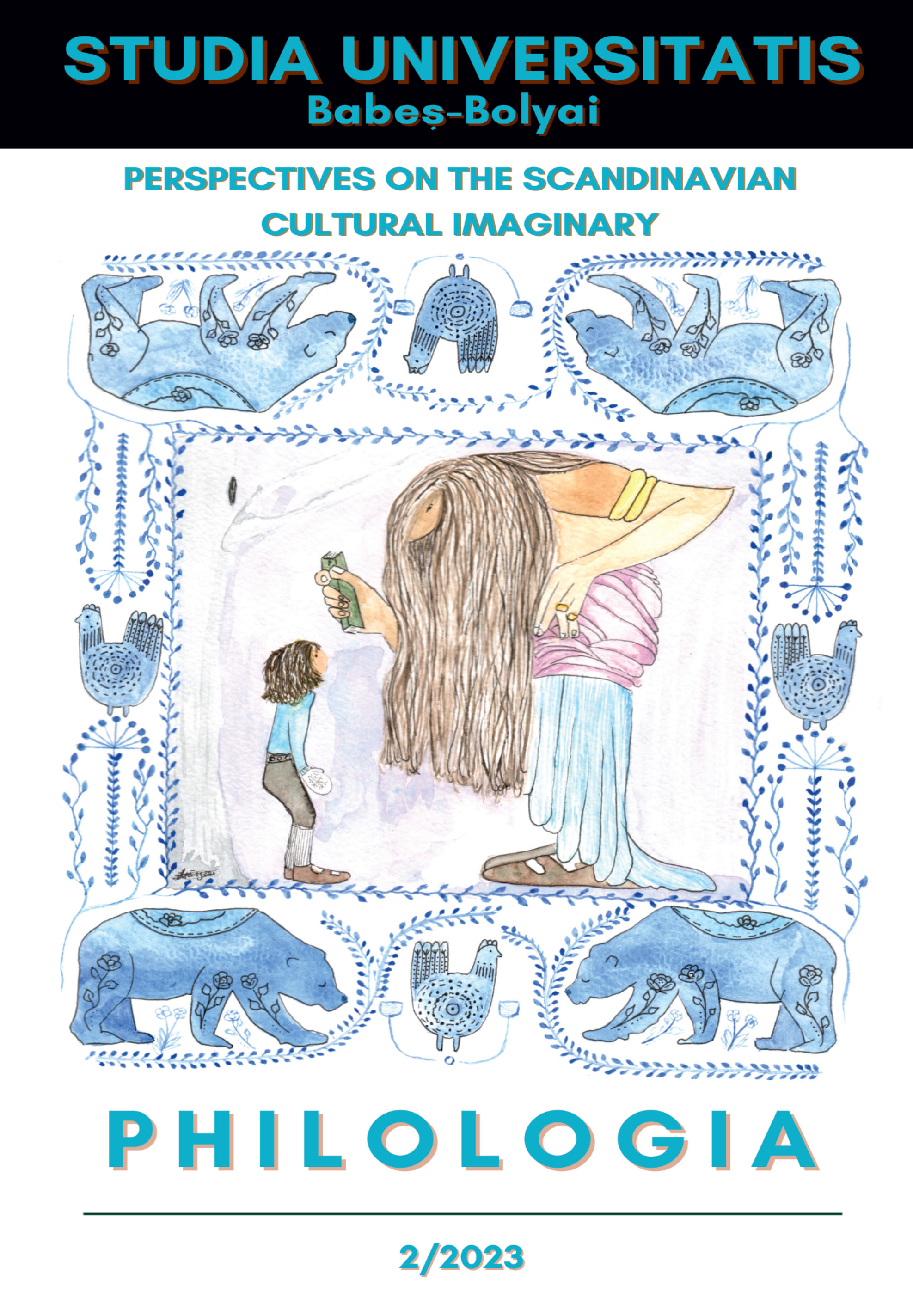WEAK AND STRONG ADJECTIVES IN OLD NORSE: AN EXAMINATION OF KONUNGS SKUGGSJÁ
WEAK AND STRONG ADJECTIVES IN OLD NORSE: AN EXAMINATION OF KONUNGS SKUGGSJÁ
Author(s): Terje WagenerSubject(s): Morphology, Syntax, Historical Linguistics
Published by: Studia Universitatis Babes-Bolyai
Keywords: weak adjectives; strong adjectives; Old Norse; Konungs skuggsjá; determiners;
Summary/Abstract: Weak and Strong Adjectives in Old Norse: An Examination of Konungs skuggsjá. All early Germanic languages distinguish between a weak and a strong adjectival declension. This contrast is traditionally described in terms of definiteness, the strong declension expressing indefinite reference and the weak one definite reference. Such a description, however, might be more suitable with regard to Modern Scandinavian languages than to Old Norse (and other early Germanic languages), where the strong declension is found in a number of contexts where in Modern Norwegian only the weak one is acceptable, for instance with certain demonstratives and in noun phrases with possessives. This article takes a look at the Old Norse didactic work Konungs skuggsjá and examines various contexts that unambiguously require the weak declension in Modern Norwegian: demonstratives, possessives, proper nouns, vocatives and others. The role and referential properties of the determiners sá and hinn are given special focus.
Journal: Studia Universitatis Babes-Bolyai - Philologia
- Issue Year: 68/2023
- Issue No: 2
- Page Range: 13-32
- Page Count: 20
- Language: English

